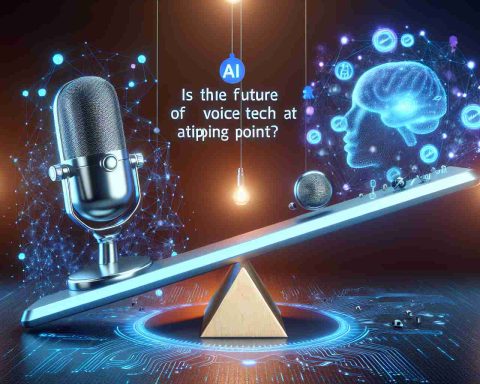MTS, a prominent digital ecosystem, has recently launched a new version of its large language model, named Cotype Lite, tailored for the Tatar language. This model, called Rehmet, translates to “thank you” and showcases significant advancements in artificial intelligence.
Demonstrated at the Kazan Digital Week forum, Cotype Rehmet can efficiently process documents up to five A4 pages, extracting and summarizing vital information within seconds. The model is poised to benefit various sectors, including libraries and government agencies, streamlining the analysis of documents written in Tatar. For instance, it can expedite the processing of applications submitted to state bodies by extracting essential details like topics, locations, and applicant information, which can then be relayed to appropriate databases.
Crucially, the model can be integrated within an organization’s secure infrastructure, ensuring data privacy and protection from breaches. During its development, MTS AI aimed to promote linguistic diversity within Russia, fostering the relevance of regional languages in the digital landscape. To enhance Cotype Rehmet’s understanding of Tatar, developers compiled a comprehensive dataset and translated existing materials from Russian, with additional verification from language experts and native speakers.
With 8 billion parameters, Cotype Rehmet ranks among the top models in its category. MTS AI also has the capability to scale this model to include up to 70 billion parameters, facilitating complex tasks such as translation and long-text generation. The organization remains committed to adapting its language models for other regional languages as well, exemplifying its flexibility and capability in various projects.
MTS AI’s Enhanced Language Model for Tatar Language Processing: A New Era in Linguistic AI
In a groundbreaking move for linguistic technology, MTS AI has launched an advanced language model, Cotype Rehmet, specifically designed for the Tatar language. This latest iteration not only demonstrates the potential of AI in processing native languages but also addresses significant gaps in digital engagement for minority languages in Russia.
Key Questions and Answers:
1. What distinguishes Cotype Rehmet from previous models?
– Cotype Rehmet is built with 8 billion parameters and has been optimized for succinct document processing in Tatar, allowing it to summarize substantial texts rapidly. Additionally, it incorporates feedback mechanisms from native speakers to improve accuracy and cultural relevance, which many earlier models lacked.
2. What specific applications can benefit from Cotype Rehmet?
– Beyond government agencies, various sectors such as education, legal services, and healthcare can leverage this model. For instance, educational institutions could use it for curriculum development and student assignments in Tatar, while legal firms could process documents and contracts more efficiently.
3. How does MTS ensure the data privacy of users?
– The model can be deployed within an organization’s secure infrastructure, which allows for tailored privacy measures. Data remains protected, and users can feel confident that sensitive information will not be compromised.
Challenges and Controversies:
Despite the promising prospects of Cotype Rehmet, there are challenges. Primarily, the Tatar language faces competition from more dominant languages, making its integration into broader digital platforms a challenging task. Additionally, ensuring that the translation quality maintains equality with Russian or English remains a concern, as nuances in meaning can often be lost.
There is also a debate over the broader implications of such technology on regional dialects. While Cotype Rehmet aims to promote the Tatar language, some language purists express worries about the potential encroachment of foreign linguistic structures into local languages due to their interaction with AI.
Advantages of Cotype Rehmet:
– Linguistic Preservation: Supports the use of Tatar in digital formats, aiding in the language’s preservation and growth.
– Efficiency: Reduces processing time for documents significantly, which benefits various organizations.
– Customization: Organizations can integrate the model into existing systems, which offers a tailored approach to language processing.
Disadvantages:
– Resource Limitations: The development and maintenance of such AI technologies require significant investment and expertise.
– Potential Bias: If not adequately trained with diverse datasets, the model may inadvertently produce biased outcomes, reflecting the limitations of its training data.
As MTS AI continues to invest in regional languages and AI technology, the launch of Cotype Rehmet represents both a commitment to linguistic diversity and a pivotal development in the capabilities of artificial intelligence in processing and celebrating minority languages.
For further information about MTS and its technological advancements, visit MTS.

















